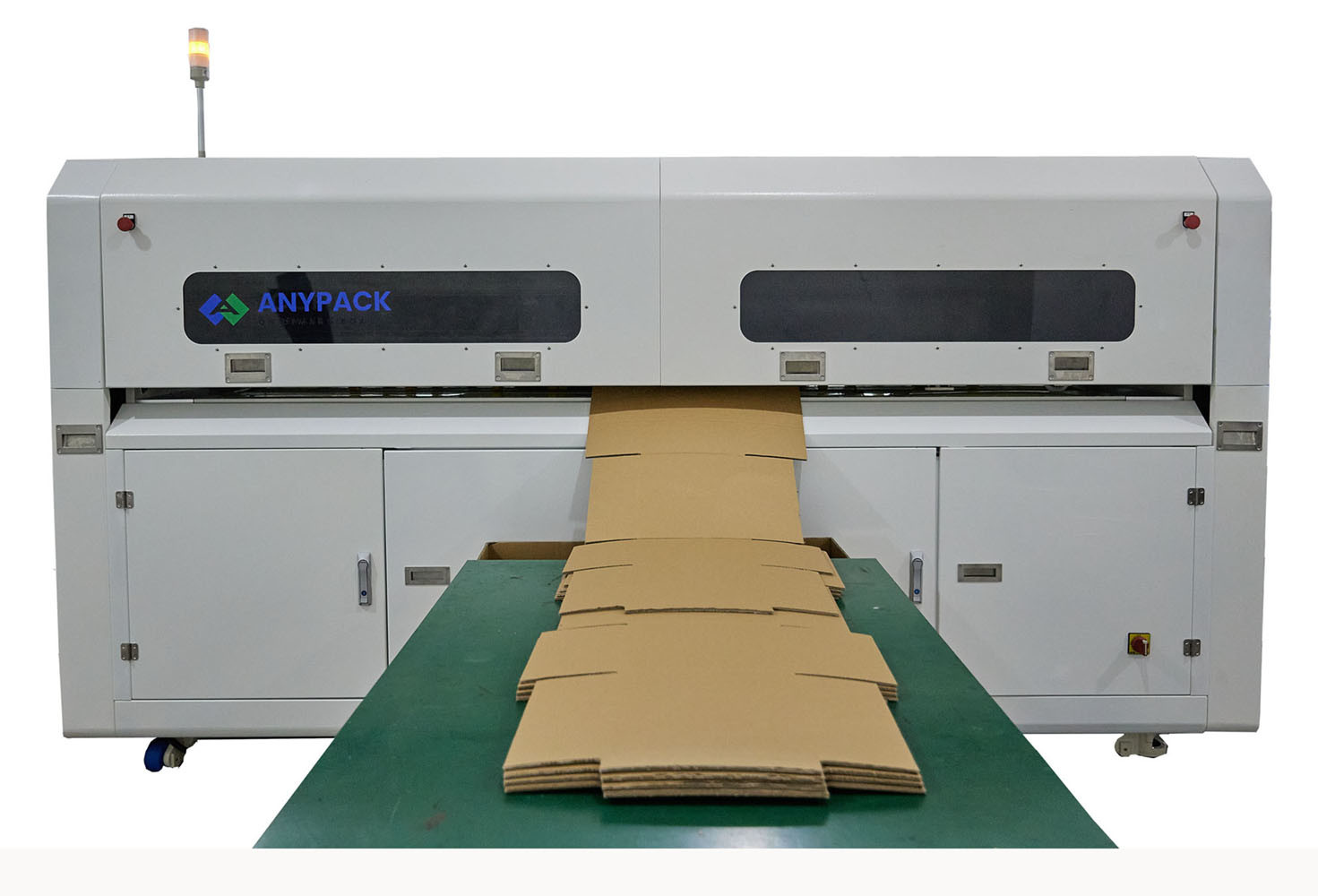T-shirt printing is a booming industry that has seen a rise in popularity over the past few years. From custom designs for personal use to bulk orders for businesses and events, t-shirt printing has become a creative and lucrative endeavor for many entrepreneurs tshirt printer. Whether you’re an artist looking to sell your designs or someone starting a small business, a t-shirt printer can be an essential tool for your operations.
In this article, we will dive deep into the world of t-shirt printers, covering the different types available, how they work, and how to choose the right one for your needs.
What is a T-Shirt Printer?
A t-shirt printer is a machine used to transfer designs, logos, or artwork onto fabric—most commonly onto cotton t-shirts. The process can be done using various techniques such as screen printing, heat transfer, direct-to-garment (DTG) printing, and sublimation printing. Each method has its advantages depending on the design complexity, fabric type, and order size.
Types of T-Shirt Printers
There are several types of t-shirt printers available, and choosing the right one depends on the volume of orders, budget, and the kind of designs you want to produce.
1. Screen Printing
Screen printing is one of the oldest and most popular methods of t-shirt printing. It involves creating a stencil (or screen) of the design and then using ink to transfer the image onto the fabric. This process works well for large orders with the same design.
Pros:
-
Ideal for bulk orders.
-
Long-lasting prints.
-
Vibrant colors and fine detail.
Cons:
-
High setup cost.
-
Not suitable for intricate designs or small orders.
-
Limited to certain fabric types.
2. Direct-to-Garment (DTG) Printing
DTG printers use inkjet technology to print directly onto the fabric. The process is similar to using a regular inkjet printer, but the fabric is used instead of paper. This method is ideal for custom designs with intricate details or small print runs.
Pros:
-
Great for high-quality, detailed designs.
-
No setup costs.
-
Best for small runs or one-offs.
Cons:
-
Slower production speed compared to screen printing.
-
Not suitable for dark fabrics without a pre-treatment process.
3. Heat Transfer Printing
This method involves printing a design onto a special transfer paper and then using heat to transfer it onto the t-shirt. This process is simple and can be done at home with a heat press machine. It’s great for both small and large orders and works well with full-color designs.
Pros:
-
Easy to set up.
-
Works on various materials, including t-shirts, hoodies, and hats.
-
Cost-effective for low-volume orders.
Cons:
-
Less durable than screen printing or DTG.
-
Not ideal for large-scale operations.
4. Sublimation Printing
Sublimation printing uses heat to transfer dye directly onto fabric. It’s typically used for polyester fabrics but can also be used for other synthetic materials. The result is a print that becomes part of the fabric, which makes it incredibly durable and vibrant.
Pros:
-
Vibrant and durable prints.
-
No feeling of print on the fabric.
-
Ideal for sportswear or synthetic materials.
Cons:
-
Only works on light-colored, synthetic fabrics like polyester.
-
Not suitable for cotton t-shirts.
Factors to Consider When Buying a T-Shirt Printer
When choosing a t-shirt printer, several factors need to be considered to ensure that you make the right choice for your business.
1. Print Quality
The quality of the print is one of the most important factors. Ensure that the printer can produce sharp, vibrant, and long-lasting designs. If you plan to print complex, multicolored designs, look for a printer that supports full-color printing.
2. Speed
If you’re planning to produce a large number of t-shirts, consider the printer’s speed. Some printers can print one shirt per minute, while others may take longer. If you have a high volume of orders, speed will be a critical factor.
3. Cost
The initial investment for a t-shirt printer can vary greatly depending on the type and brand. DTG printers tend to be more expensive than heat transfer machines, but they also offer higher print quality and greater versatility. Additionally, factor in the cost of ink, maintenance, and any other accessories you may need.
4. Ease of Use
Make sure the t-shirt printer is easy to use, especially if you’re new to printing. Many modern printers come with intuitive software, automated features, and user-friendly interfaces that make the printing process smoother.
5. Fabric Compatibility
Different t-shirt printers work best on different types of fabrics. For example, DTG printers are ideal for cotton, while sublimation printing works well with polyester. Always check whether the printer you’re considering is compatible with the type of fabric you plan to use.
6. Maintenance
Like any other machine, t-shirt printers require regular maintenance. Consider how easy it is to maintain the printer, and if the manufacturer offers support and spare parts. A well-maintained printer can last for years, while poor maintenance can lead to costly repairs.



